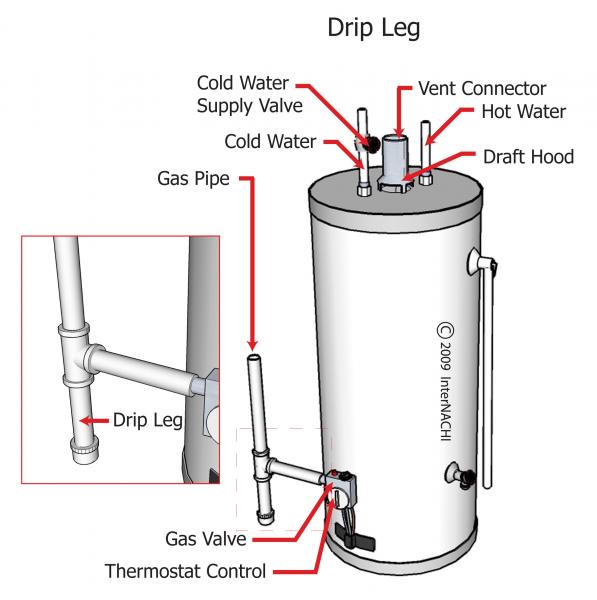jrainman
Active Member
Just really great injinuity took me awhile to read here I am at the end, I have one question why have not any of you guys running this system experimented with hydronic bolier pumps Like Taco or B&G , they are very resonable in price 50 t0 70 $ and all the moving parts are made of brass, they move 180 deg water on average and a residental size pump can push 3 storys easaly designed to on and off many times a day. may be I missng something ?, Oh and legallyflying ,most likly the reason you have problems with your gas valve solenoid , is that you do not have a drip leg on your gas line ,so you are moving a bit of moisture threw your gas valve, if you go back to post that is like 100 or so a guy showed a piping diagram to a gas water heater , he was talking about taking the plug off and tapping in , Big No that is a drip line by code it must be installed ,but that what you need to do ,gas mains have lots of water in them because there under pressure and as they travel the pressure is reduced and even reduced at your house so pressure and temp inside the pipe changes and crating water,any how get a T and a 6inch nipple and a cap install like the diagram , I dont no SH about growing but learning here ,but over 30 yrs HVAC exper.

